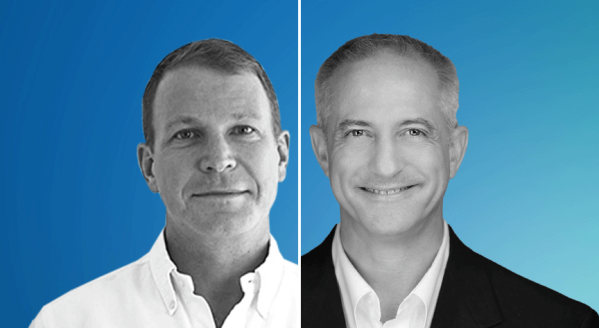
Modern HR management systems are pivotal to boosting the agility of federal workforce
In a rapidly evolving digital landscape, modernizing workforce management systems has become an urgent priority for federal agencies to remain competitive and efficient. During a recent podcast discussion, Melinda Rogers, chief information officer at the Department of Justice (DOJ), and Lynn Martin, chief growth officer of government at Workday, emphasized the critical need to address outdated processes and adopt new technologies to attract top talent and enhance operational agility.
Rogers highlighted that federal workforce systems exist on a broad continuum of modernization. Within the DOJ alone, Rogers says more than 40 sub-agencies operate differently to meet their unique missions, making standardization and modernization complex but necessary. “Some agencies are still bogged down by paper-based processes, while others operate legacy systems that, while innovative at their inception, fall short of meeting today’s digital demands,” she says.
According to Rogers, modernization must begin with a deep understanding of the underlying processes and workforce needs and address inefficiencies and redundancies across disparate systems. “Technology isn’t a magic fix. It’s about people and processes,” she says. “We have to ask: what business problem are we trying to solve?”
Martin emphasized the importance of agencies improving the employee experience to stay competitive in recruiting and retaining talent. She referenced Workday’s collaboration with the Defense Intelligence Agency (DIA) to overhaul its human capital management platform and outdated processes that required applicants to re-enter the same information multiple times. “Modern platforms enable seamless, intuitive user experiences, simplifying onboarding and making it easier for employees to manage their careers,” says Martin.
Both agreed that shared services and standardized approaches could drive efficiencies across federal agencies. “Eighty-five percent of workforce management needs are similar across agencies,” Martin says, advocating for economies of scale.
Looking ahead, Rogers and Martin stressed the potential of real-time data and artificial intelligence (AI) to transform workforce planning. Rogers likened it to a sports coach monitoring live stats: “Leaders need centralized, actionable data to make informed decisions in real-time,” she says.
In addition, both cautioned that delaying modernization will seriously affect agencies. “If you’re not modernizing your human resources systems, you’re falling behind — and fast,” says Rogers. “Your people are your greatest assets, but outdated systems are like putting them to work with one hand tied behind their back.” Martin echoed this sentiment, emphasizing that “modern platforms free up resources to focus on mission-critical priorities.”
Listen to the entire podcast conversation here. And learn how Workday can simplify a federal agency’s approach to HR and finance, automate manual processes and continuously adapt to change.


